We often heard survival stories of people from around the world, sometimes these stories are so intriguing that makes us wonder if is it even possible? Did it actually happen? And the story of Juliane Koepcke fits perfectly in this category of unbelievable survival stories. Juliane not only survived a plane crash, falling from 9,800 feet, but she also survived 11 days through the Amazon rainforest before being found by a group of lumbermen.
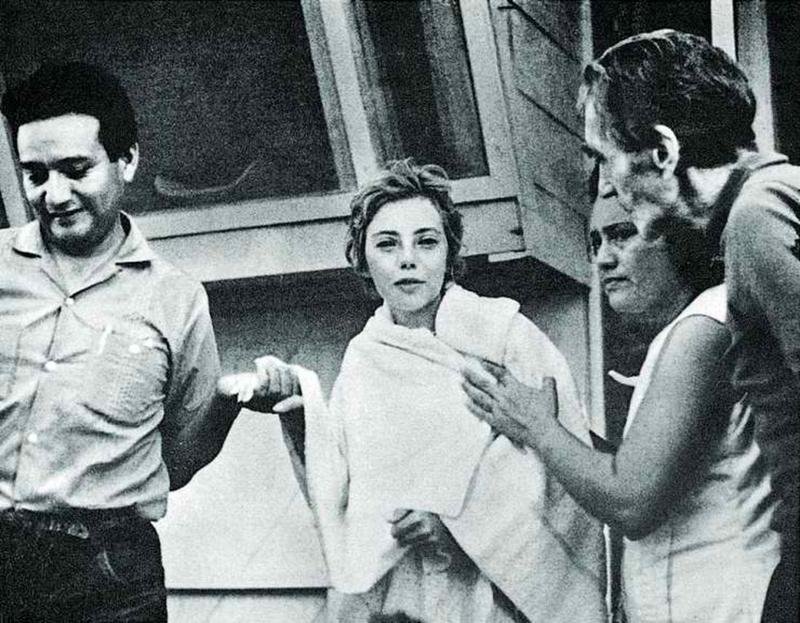
Interesting childhood of Juliane Koepcke
This all seems unbelievable at first, but behind the survival of Koepcke was her luck and the knowledge she gained from her parents at an early age. There was a reason she is known as the “Miracle Girl”. Juliane was just 17 on the day of the crash, and she ultimately made her way through one of the most dangerous forests in South America.
Born to German zoologist parents, Maria and Hans-Wilhelm Koepcke, on October 10th, 1954, Juliane Margaret Koepcke was their only child. Her parents worked for the Museum of Natural History, Lima in Peru.
When Juliane was 14, her parents decided to leave the city and set up their own research station named Panguana Ecological Research Station in the Amazon rainforest.
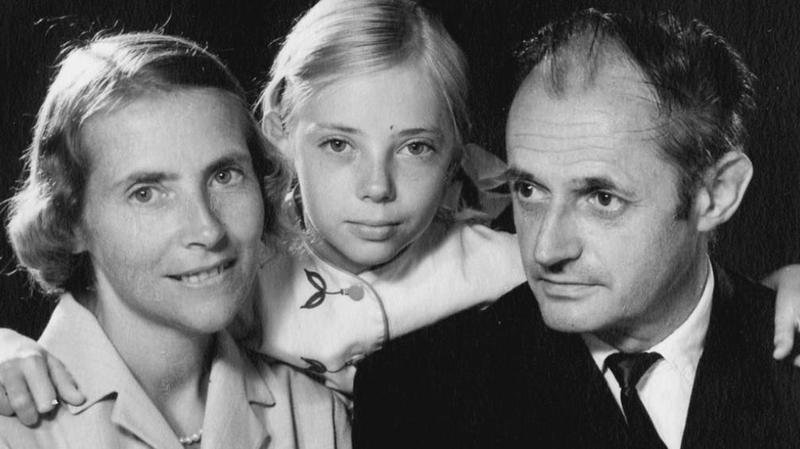
For the next 2 years, Juliane was homeschooled by both her parents, and she learned to identify different plants, animals, and insects’ species along with various survival techniques in a forest-like Amazon. She became a “jungle child” by gaining knowledge about wildlife and a lot more, that no other kid of her age would usually have. It is safe to say that she would have easily survived a day or two in the jungle with assistance at that age.
But educational authorities didn’t approve of Juliane being homeschooled by her parents, and she eventually had to attend her high school in Lima again to take the examinations.
The story of Juliane Koepcke’s Survival
She soon passed her exams and graduated in December of 1971. Her mother Maria, who was working in Lima came to pick Juliane, now 17-year-old, so the Koepcke family could celebrate Christmas together at the research station, Panguana.
The original plan was to visit Juliane’s father on December 20th, but Juliane asked her mother that she wanted to attend her graduation ceremony on 23rd December, to which her mother agreed.
Mother and daughter now decided to leave on Christmas eve, but unfortunately all flights were booked except one. It was a flight from Líneas Aéreas Nacionales S.A. (LANSA) airlines, that had a poor safety record. Hans-Wilhelm previously advised Maria to avoid flying with this particular airline, but she probably thought they would be fine, and eventually ended up booking a flight for the same day with LANSA.
As scheduled, the flight was a Lockheed L-188 Electra commercial airliner (Flight 508) which took off from Jorge Chávez International Airport just before noon. The first half of the 70 minutes, 304-mile flight to Pucallpa was normal, but soon Flight 508 was having severe turbulence when the pilots realized they have entered an area of thunderstorms, flying at about 21,000 feet.
A later investigation revealed that the crew, in pressure to meet the holiday schedule, decided to continue to fly, despite the treacherous weather ahead. As the plane dipped and heaved due to the turbulence, luggage and Christmas presents started felling off from the overhead lockers.
The Crash
While the passengers screamed and wept, there was a sudden bright flash as a lightning strike ignited the fuel tank into the right-wing, blowing a hole into the plane.
Juliane remembers her mother saying “This is the end, it’s all over.” Those were the last words she ever heard from her mother. The plane now disintegrated about 2 miles above the ground. Juliane, still strapped into her airplane seat spun head over heels, the wind whistling in her ears. She lost consciousness only to regain and lose it again as she free-fall to the ground.
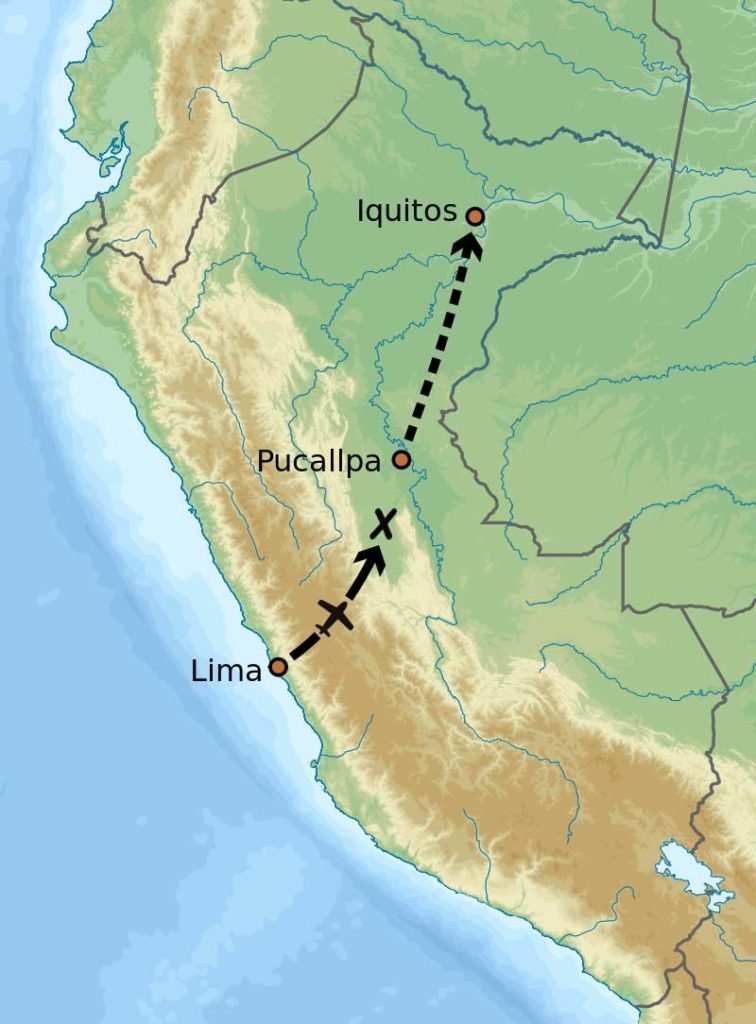
Soon, Juliane found herself huddled under her airplane seat, muddy and alone, fading in and out of consciousness for the next 19 or so hours through the rest of the day and night.
The next morning Juliane woke up and took stock of herself. She found her neck, shoulder, and ankle to be not in a very good condition as she was feeling severe pain. There was a large gash on her arm and her right eye was swollen shut.
At the time, Juliane was wearing a short sleeveless mini dress and one of her white sandals, and her glasses were missing. Fortunately, her watch was working and she knew it was around 9’o clock in the morning. As soon as she gathered all her courage to stand up, she knew what was the first thing to do.
She started looking for her mother who was sitting next to her when the crash happened, but her search proved to be unsuccessful after she searched for a while.
Feeling thirsty, Juliane now was looking for water to drink, which she found as rainwater collected in large leaves. She soon heard plane overhead looking to the wreck of Flight 508, but due to the dense tree canopy, they couldn’t locate it.
Surviving through the forest
This was the time Juliane knew that she had to remember all that she had learned in her childhood to survive through the forest before being found. She started walking, throwing her single sandal in front of her to test the area as there could be snakes camouflaged as dry leaves that she didn’t want to get bitten by.
As moving forward, she found a few wrecks of the crash, where she, fortunately, found a bag of candies that she knew would keep her energy levels up for a while. The trek ahead was rough, with uneven terrain, which made her to frequently climb over or squeeze under huge tree logs that blocked her way.
After walking for a while, she ended up finding a small creek, which she followed as taught by her father that flowing water leads to rivers which often means civilizations nearby.
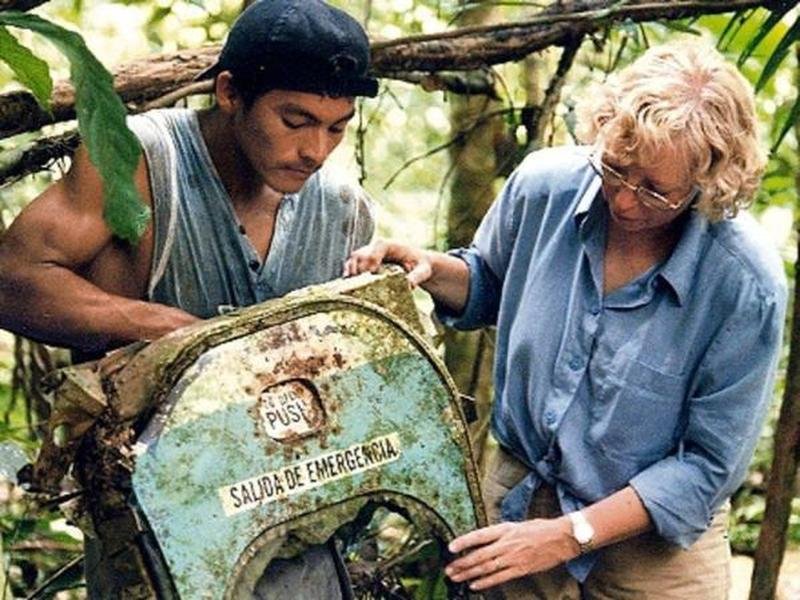
Over the next few days or so, Juliane stumbled through the rainforest following the water as it slowly grew from a trickle to a stream. Other than a few candies and water, she didn’t have anything else to eat or drink. Due to a rainy season, there were no fruits that she could pick either. Overall, she had nothing that she could use for her survival in the dense Amazon rainforest.
Days passed, with rising and falling temperature, Juliane covered under bushes, curled up, shivering in her mini dress, constantly being attacked by insects and mosquitos. Although she knew which plants and insects are poisonous which helped her to stay away from these. But her wounds from the crash were still open and flies had laid eggs in her wound on the arm. Juliane tried to squeeze it out but wasn’t able to do so, this made her worried that she might lose her arm.
As she made her way through the forest to downstream, Juliane saw more evidence of the plane crash. She eventually came across more of the wreck, including a row of seats with three dead people strapped.
The passenger she found had a head-first impact and hit the ground so hard that they were buried almost two feet in the ground. Juliane was horrified looking at the scene, and judging by the clothing, she found 2 of the victims were male.
As she moved on, on the 5th and 6th day of her survival journey, she heard a sound that gave her hope. It was a call of a Hoatzin, a subtropical bird that solely nests near open stretches of water. In hopes that there would be a settlement by the water, Juliane followed the sound, picking her up pace.

She ended up at a bank of river, but to her disappointment, there were no humans or settlements in sight. She once more lost her hopes, but still hadn’t given up to survive.
Days ago, Juliane had eaten the last piece from the candy bag, now she was drinking only river water to keep her stomach full. Exhausted and starving, Juliane was plagued with hallucinations of civilization, sometimes she saw the roof of a house or heard chicken clucking. She also fantasized about food while roaming through the forest, hungry for days now.
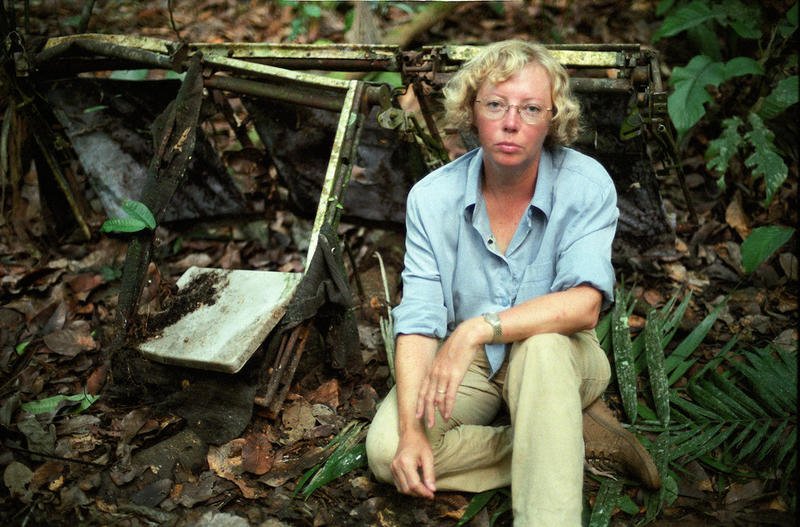
Dense forest made it tough for her to wander through the land, she decided to cover the rest of her journey through water, for which she constantly swim in the river stream, sometimes floating over a log of tree.
After an exhausting day, she swam to a shore where she dozed off on a gravel bank. Minutes later, she awoke to an amazing sight of a boat that she didn’t expect. But because she didn’t want to steal the boat, she followed a small path instead, that landed her up the hill where she found a tiny hut with its roof made of palm leaf.
At the hut, she found a can of gasoline, which she poured on her open wounds as she have seen her father doing the same to cure dogs from worms. She was able to drew out a mass of maggots that were infecting her arm from a long time using this survival technique she had learned.
Juliane knew that she might end up meeting people very soon if she kept herself awake and then she followed another small path that led to another shack where she hoped someone to arrive, but after a while when no one showed up, she decided to spend the night at the shack. The ground was too hard so she went back to the water and laid down in the sand.

Next morning Juliane walked up to the hut again since it was raining and she sought for a shelter to keep her body dry. Being too hungry and out of energy she tried to catch a frog to eat, but fortunately she was too slow, which was good because the frogs ended up being poisonous.
At near evening, she heard voices that she thought another phase of hallucination. But then three lumberman came out of the forest.
The men were in shock when they saw Juliane, laying there in a white dress, thinking her to be kind of water goddess called the Yemanjá, a figure of local legend which is a hybrid of dolphin and a woman.
Juliane was more than happy to finally see people alive after surviving a plane crash and 11 days through the wild Amazon forest. She explained everything to the lumbermen of what happened. They treated her wounds and gave her food to eat.
The next morning they took her on a canoe down the river to a lumber station, from where a local pilot flew her to a hospital in Pucallpa.
Aftermaths of the survival
At the hospital Juliane came to know that her collarbone was fractured along with her shin, she also suffered a few other severe injuries, but eventually recovered fully.
She was reunited with her father on the day she arrived at the hospital, which she described as a “moment without words.”
After her recovery, she was the center of attention to media, and was interviewed by the air force and the police as well. With her directions, search parties were able to locate the crash site and the bodies of the victims were recovered.
The crash killed a total of 91 people, including 6 crew members, 85 of its 86 passengers, making Juliane the only survivor from the Flight 508 crash. Further investigation revealed that Julian’s mother and 14 other passengers also survived the plane crash, but perished due to their injuries before they could be found.
She received a number of letters from people all around the world, showing their love and support for her ultimate tale of survival. She and her father then moved to Germany, though the plague of nightmares, grief over her mother’s death and survivor’s guilt still haunted her for months.
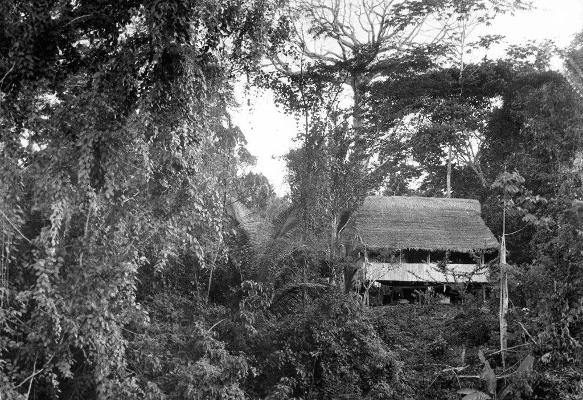
Despite everything, she excelled her college, studying zoology just like her parents and got a PhD. In 2000, famed director Werner Herzog made a documentary about Juliane’s ordeal, named “Wings of Hope”.
For the documentary, Herzog actually located the crash site and cast Juliane herself retracing some of her steps.
In 2011, she published an autobiography called “When I Fell From The Sky” for which she received the Corine Literature prize.
Juliane Koepcke is now serving as a librarian at the Bavarian State Collection of Zoology in Germany at age 65. She often visits the Panguana, the Peruvian research facility started by her parents.
Surviving a plane crash might have proven lucky for Juliane, but having the courage to keep going alone through a rainforest like Amazon shows how a will to live can actually make miracles happen.



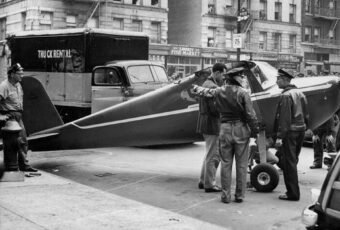



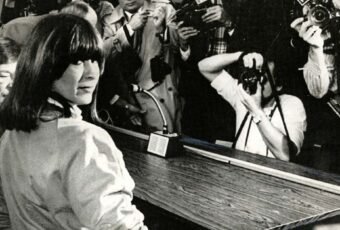

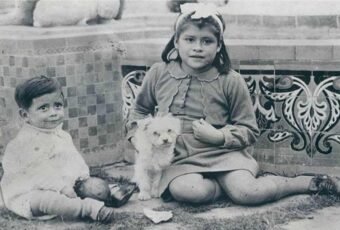

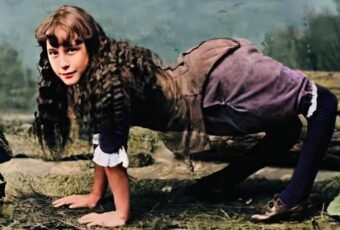
Follow Us